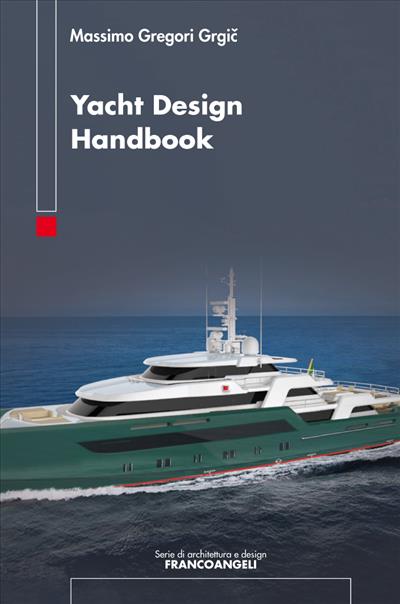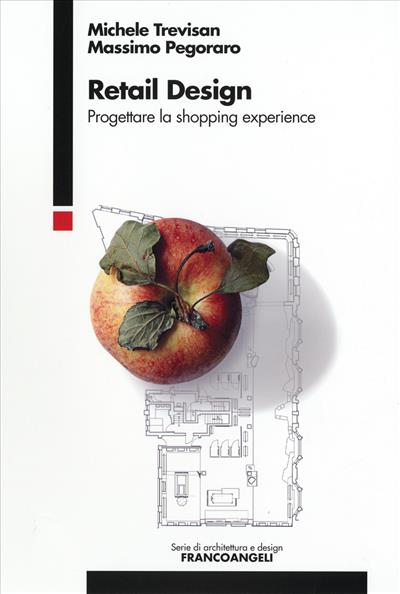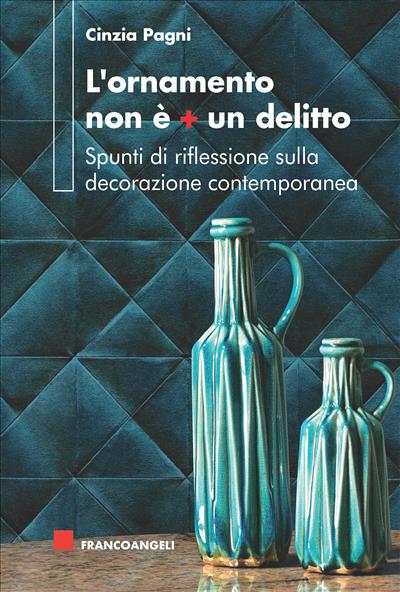
Yacht Design Handbook
A useful instrument for Yacht Design students and an enjoyable reading for boat builders and boat owners who want to learn more about their yachts. An overall check of all yacht design aspects, with useful suggestions and a few tricks of the trade.
Printed Edition
28.00
Printed Edition
28.00
Pages: 196
ISBN: 9788891710147
Edition: 2a ristampa 2022, 1a edizione 2015
Publisher code: 85.93
Availability: Discreta
PDF with DRM
24.00
PDF with DRM
24.00
Pages: 196
ISBN: 9788891722010
Edizione:1a edizione 2015
Publisher code: 85.93
Can print: No
Can Copy: No
Can annotate: Sì
Format: PDF con DRM for Digital Editions
EPUB with DRM
23.99
EPUB with DRM
23.99
Pages: 196
ISBN: 9788891722027
Edizione:1a edizione 2015
Publisher code: 85.93
Can print: No
Can Copy: No
Can annotate: Sì
Format: ePub con DRM for Digital Editions




